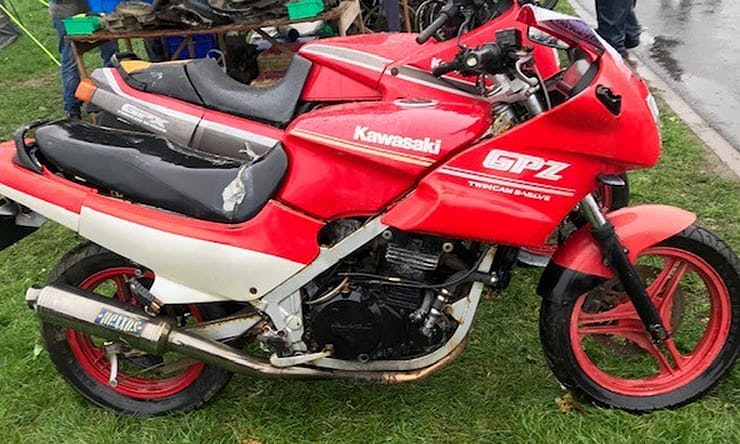Classic bike adverts decoded
By Steve Rose
BikeSocial Publisher since January 2017.
03.12.2019
There’s nothing wrong with buying a cheap Kawasaki GPz500S for a classic winter project…so long as you know what you’re actually getting.
Buying a classic bike should be a pleasure because classics have that nostalgic pull that other bikes lack. And, while you should never buy a classic without first seeing the bike in the flesh, before you do that, you need to get to know the market and familiarise yourself with what’s out there. Learning how to read a classified ad is time well spent. Simple rules like checking the photos for signs of corrosion, crash damage, aftermarket replacement indicators, mirrors and handlebar end weights can quickly separate a genuine bike from a hound.
Mentions of service history are good, but you’ll do well to find a comprehensive history on a 30 year-old bike so look to see that things like a major service with valve clearance checks were done. On bikes with long valve check intervals (five-valve Yamahas for example), by the time the machine had done enough miles to need one, they were bumping along the bottom of the cheap-bike market and those people paying £2k for a fifteen-year-old FZR1000R weren’t going to pay £400 for a major service.
In among the truth and the interesting, accurate facts, you’ll also find some lovely ways of dressing-up the problems. What follows is a slightly tongue-in-cheek BikeSocial Translator to help decode the classic adverts. We hope you find it useful.
Share on social media:
